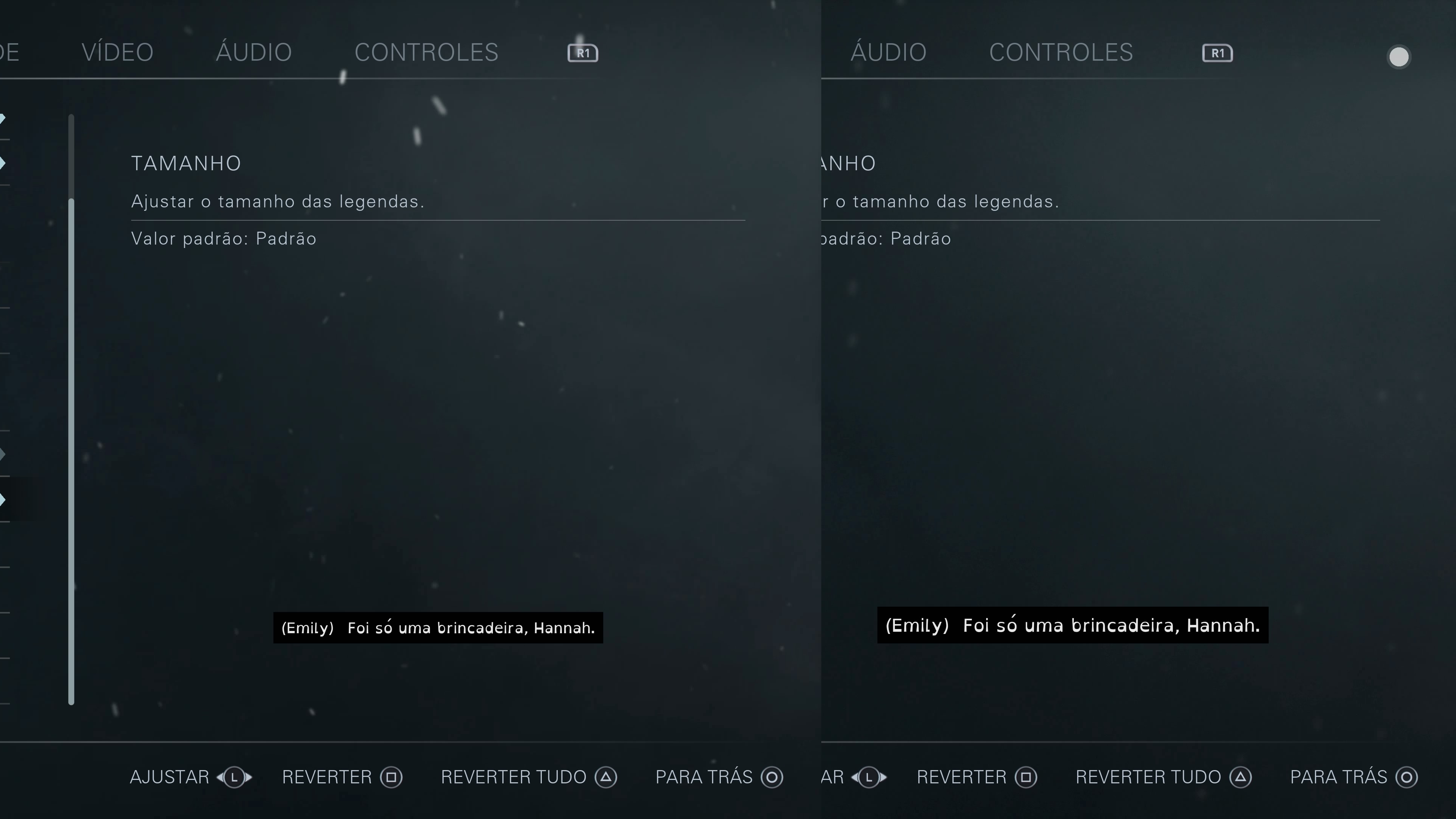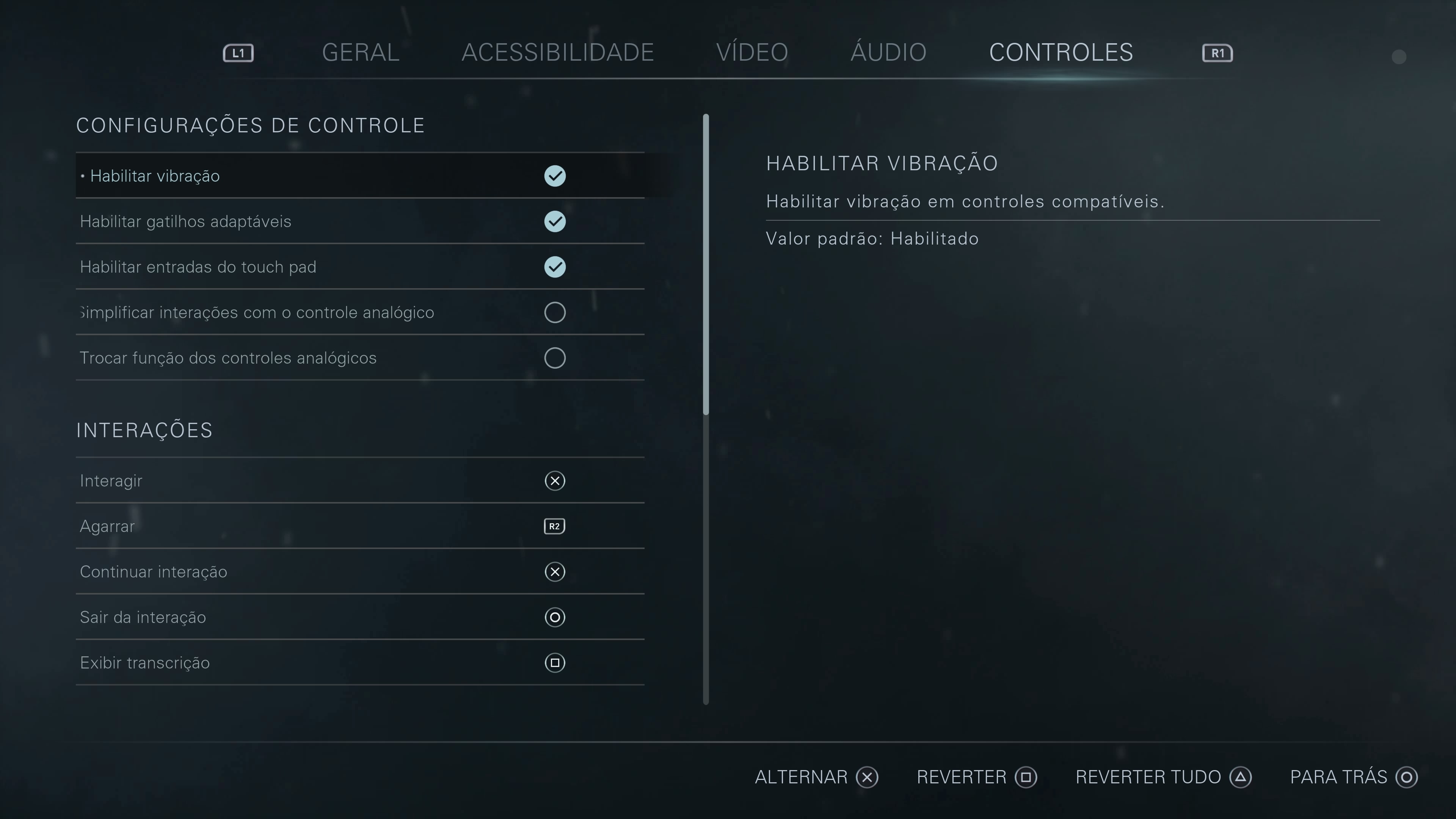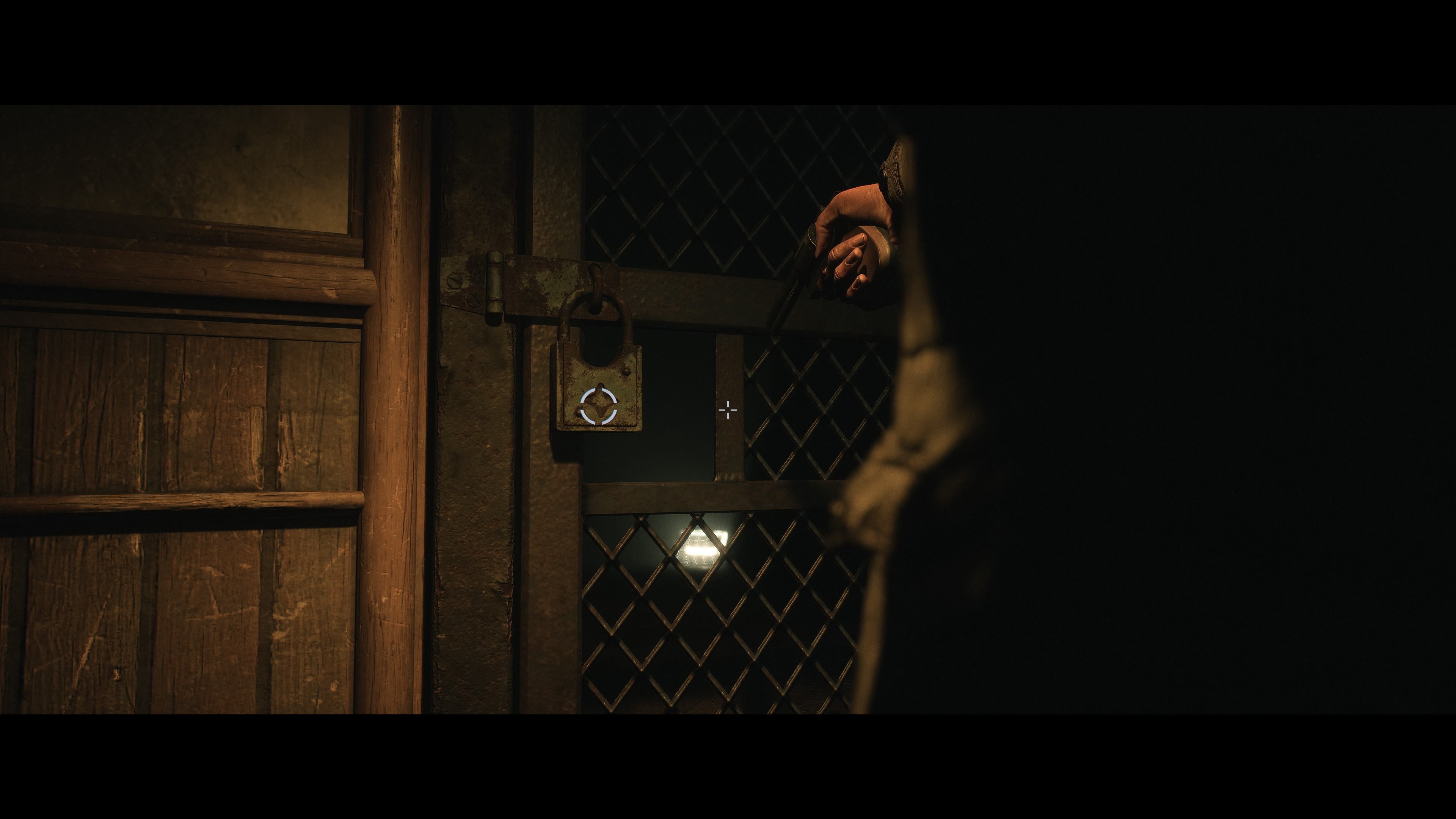
The month of Halloween is among us, and to start October, why not enjoy a little horror game? And since we’re warming up for Halloween, how about talking about the remake of a PlayStation 4 neo-classic, now for the current generation of consoles?
Originally released in 2015, almost 10 years ago, Until Dawn was very successful in bringing narrative choice games to the horror genre. The mix couldn’t have worked better, as we have all subgenres of horror cinema covered here, from slasher to haunted house film. All of this in an experience that gives the player a feeling of freedom to make decisions and despair about the consequences. Here, these consequences come packed with lots of screams and blood, as there is no shortage of young people dying and sudden scares (jumpscares).
In the remake, released for PlayStation 5 and PC, the main new features include a new third-person camera perspective, a greater variety of endings and alternative missions, as well as interviews and making-ofs from the original game. However, the news that most caught my attention — and motivated me to write this column — was the announcement of new accessibility modes for players with disabilities. So, the question remains: has Until Dawn Remake finally made this PlayStation 4 classic accessible? Check out our full review.
I would like to point out that accessibility applies uniquely to each person, and these are my personal impressions of the game as someone with low vision. My goal is to highlight the options that are present in the game and that make it more inclusive.
This analysis was carried out with a game key for PS5, provided free of charge by the PlayStation do Brasil team.
Interface
Until Dawn’s interface is where the game presents its most innovative options, but also some of its most disappointing. The interface is the player’s main way of interacting with the game, so the more options, the better. Minimalism is a striking feature of the interface, as the game constantly tries to emulate the experience of watching a movie. However, it still offers excellent options for players with various disabilities.
The main interface options in Until Dawn are: auto-contrast in the texts that define the player’s choices, screen reader, and, finally, the option that helped me the most during the game — the possibility of changing the size scale of the characters. buttons at moments of action to an extremely large size.
Comparison of the sizes of the action buttons in Until Dawn.Source: PS5 screenshot
However, not everything is rosy, and unfortunately the game presents a wide variety of problems in implementing these features. The screen reader only works in the menus, and considering that Until Dawn is a narrative game with lots of documents to read and choices to be made all the time, I was quite frustrated with the simplicity of this tool. With this limited application, the screen reader ends up not being effective for its main target audience: blind people.
Until Dawn brings accessibility features, but does not apply the functions correctly.
The scale of the buttons during quick time events is impressive and works very well in moments of action. However, when we are exploring the game world, the buttons and interaction signs on the HUD are small and difficult to see. Furthermore, there is no type of screen filter for people with some level of color blindness, a very basic accessibility feature. Until Dawn Remake’s interface reflects both the best and worst aspects of the game’s accessibility. Still, I believe this can be resolved in a future update, as there is little left for this to be a 100% accessible game.
Subtitles
Until Dawn Remake features a good variety of interesting customizations for subtitle texts. This range of options is very welcome, especially for players with some type of hearing impairment who depend on texts to follow the narrative.
The options offered include: adjusting the font size, displaying the name of the character who is speaking, a specific font for dyslexics that highlights keywords, displaying the background to highlight the scene’s subtitles, and, finally, closed captions that describe the sounds of the game in written form for people with hearing impairments.
 Until Dawn subtitle scaling comparisonSource: PS5 screenshot
Until Dawn subtitle scaling comparisonSource: PS5 screenshot
In general, the game offers a good variety of customizations for its subtitles, creating a very pleasant experience for a large part of the audience that needs this feature. If I could give feedback on what I missed in this regard, it would be that the maximum size of the subtitles could be larger, and that there could be a greater variety of colors to allow for a more adequate contrast, depending on the visual needs of each player.
Controls
Having a good variety of options to customize the game’s controls internally is always practical, especially for players with some motor disability. In Until Dawn Remake we have an interesting variety of customizations for the game’s controls, making the gameplay experience more inclusive.
Some of the available options include: remapping controls, the option to automatically rotate the camera to where the character is looking, adjusting camera and crosshair sensitivity, and inverting the X and Y axes for both the camera and the characters’ movements. The game also features the possibility of changing the “don’t move” minigame between an active mode, where the game uses movement control, and a passive mode, which uses analog controls for these sessions.
 Control settings menu.Source: PS5 screenshot
Control settings menu.Source: PS5 screenshot
Combining these options with the possibility of configuring quick time events as automatic, Until Dawn Remake offers a very complete experience for players with mobility disabilities. Practically everything within the commands is customizable, providing an excellent experience for anyone who needs this type of assistance.
Gameplay
Until Dawn Remake’s gameplay is simple and follows a basic mechanical cycle, but extremely immersive. The story mode works like a long interactive movie where the player makes decisions that can determine who lives and who dies. The main mechanics of interacting with the world include exploration, quick time events, dialogue choices and moments where the player needs to aim and shoot enemies or objects.
 Until Dawn Remake gameplay dinner.Source: PS5 screenshot
Until Dawn Remake gameplay dinner.Source: PS5 screenshot
The main accessibility tools available during Until Dawn Remake gameplay are: slight aim assistance, options to reduce motion sickness, additional vibrations on the controller that indicate interaction points and automatic success in the “don’t move” minigame. The title also includes six options for quick time events:
- Standard mode, pause when time exceeds;
- Success in exceeding time;
- Automatic success;
- Automatic failure;
- Automatic timed out;
- Random mode.
This wide variety of options for moments where it is necessary to press the right button at the right time is very welcome as it allows the player a wide range of varieties of gameplay dynamics where less in the action moments of the game, it gives the player the freedom to Define the best way for your specific situation.
It is worth it?
Until Dawn Remake is certainly the definitive experience of this PlayStation classic and brings very cool new features for the vast majority of the public, both for players who need accessibility and for those who do not use these tools. I believe that the game covers a very wide range of players with different types of disabilities, who, in this relaunch, can find more inclusive and highly customizable gameplay.
However, I cannot help but emphasize that the lack of options, such as navigation aids and the basic implementation of the screen reader, are aspects that leave a lot to be desired in the experience. When we see how little is needed for Until Dawn Remake to be an accessible game for all audiences, like Forza Horizon or The Last of Us, it is quite disappointing to realize that the resources are present in the game, but not in their entirety.
The relaunch of Until Dawn brings functions to cover practically all audiences that use accessibility tools, whether motor, hearing, neurotypical, among others. However, when we talk about visual impairments such as low vision or complete blindness, the game is quite basic.
I hope the Until Dawn development team is interested in continuing to update the game so that the implementation of features is more rounded and better applied. So far, they have done an exceptional job and are very close to reaching a 100% accessible game. With a twist here and there, this could become the most accessible game of the year.
So, did you like the Until Dawn accessibility review? Check out other analyzes in which we explore accessibility features in the world of games!
Take advantage and visit Voxel’s social networks and comment your opinion on the subject!
Source: https://www.tecmundo.com.br/voxel/294189-until-dawn-remake-mostra-implementacao-acessibilidade-diferenca-veja-review.htm


